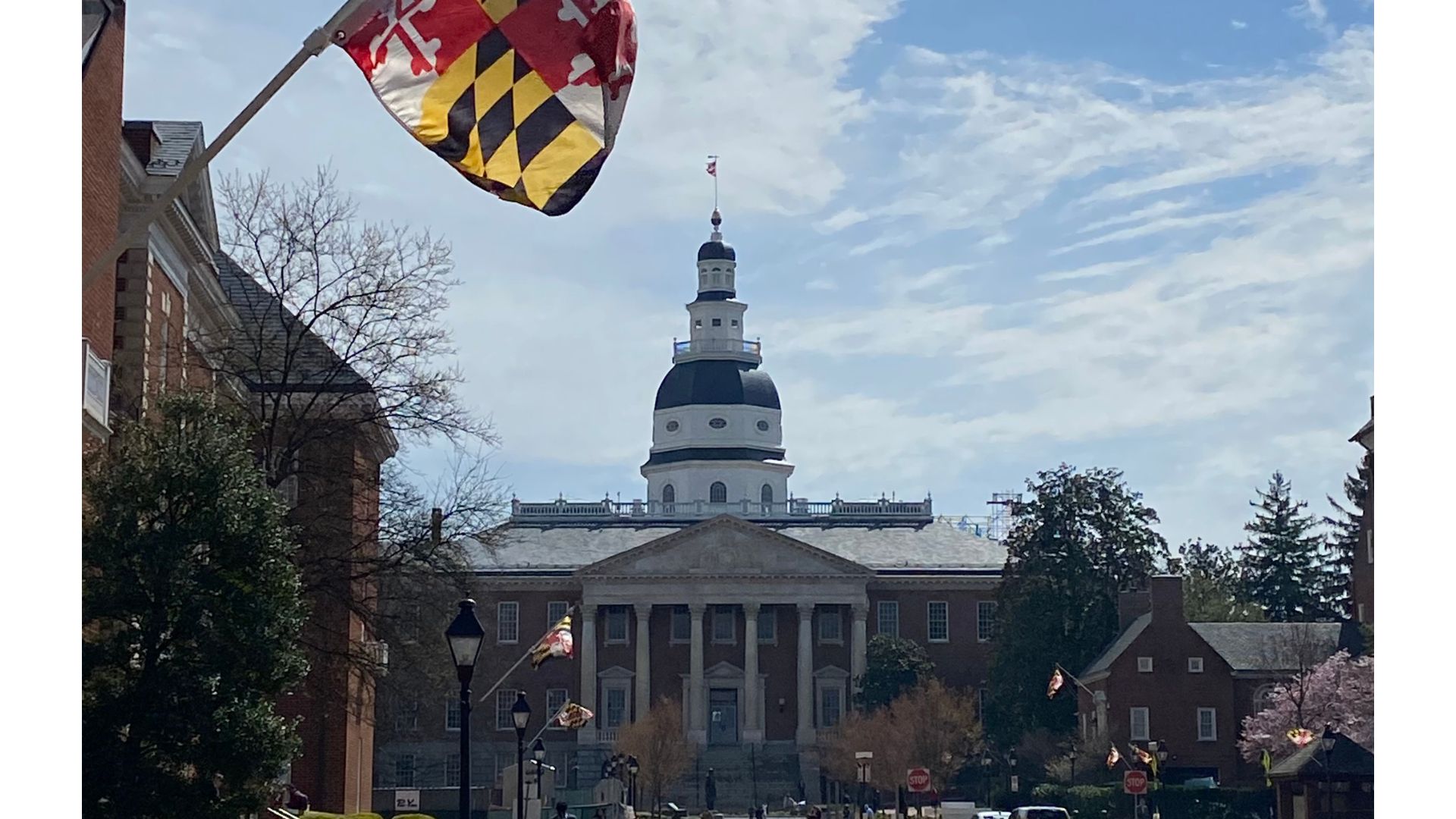
Fixing the Broken Textbook Market
How students respond to high textbook costs and demand alternatives
This study demonstrates that despite recent steps forward in the marketplace, high textbook costs will continue to be a problem for students unless the cost of high-priced, new editions of college textbooks comes down.
Downloads
Maryland PIRG Foundation

The cost of college textbooks has skyrocketed in recent years. To students and families already struggling to afford high tuition and fees, an additional $1,200 per year on books and supplies can be the breaking point.
As publishers keep costs high by pumping out new editions and selling books bundled with software, students are forced to forgo book purchases or otherwise undermine their academic progress.
1. High textbook costs continue to deter students from purchasing their assigned materials despite concern for their grades.
65% of students said that they had decided against buying a textbook because it was too expensive.
The survey also found that 94% of students who had foregone purchasing a textbook were concerned that doing so would hurt their grade in a course. More than half of the students felt significant concern for their grade.
2. High textbook costs can have a ripple effect on students’ other academic decisions.
Nearly half of all students surveyed said that the cost of textbooks impacted how many/which classes they took each semester.
Students attend college seeking job preparation and/or degree attainment. Careful course selection is often necessary in order to yield the results that a student is seeking within the timeframe they are prepared to study. It is especially concerning that this process may be being undermined by high textbook costs.
3. Students want alternatives, expressing support for textbooks that are available free online and buying a hard copy is optional.
82% of students felt they would do significantly better in a course if the textbook was available free online and buying a hard copy was optional. This is exactly how open textbooks are designed.
Not only is the open textbook an ideal alternative to a traditional textbook from a student point of view, but it is the only product in the marketplace that can directly challenge the high prices that publishers charge for new editions. These high prices, which outpace inflation, underpin the entire textbook marketplace, and drive market conditions for other alternatives such as the used book and rental markets.
Overall, this study demonstrates that despite recent steps forward in the marketplace, high textbook costs will continue to be a problem for students unless the cost of high-priced, new editions of college textbooks comes down.
Topics
Find Out More


5 steps you can take to protect your privacy now

Fixed for the Holidays
